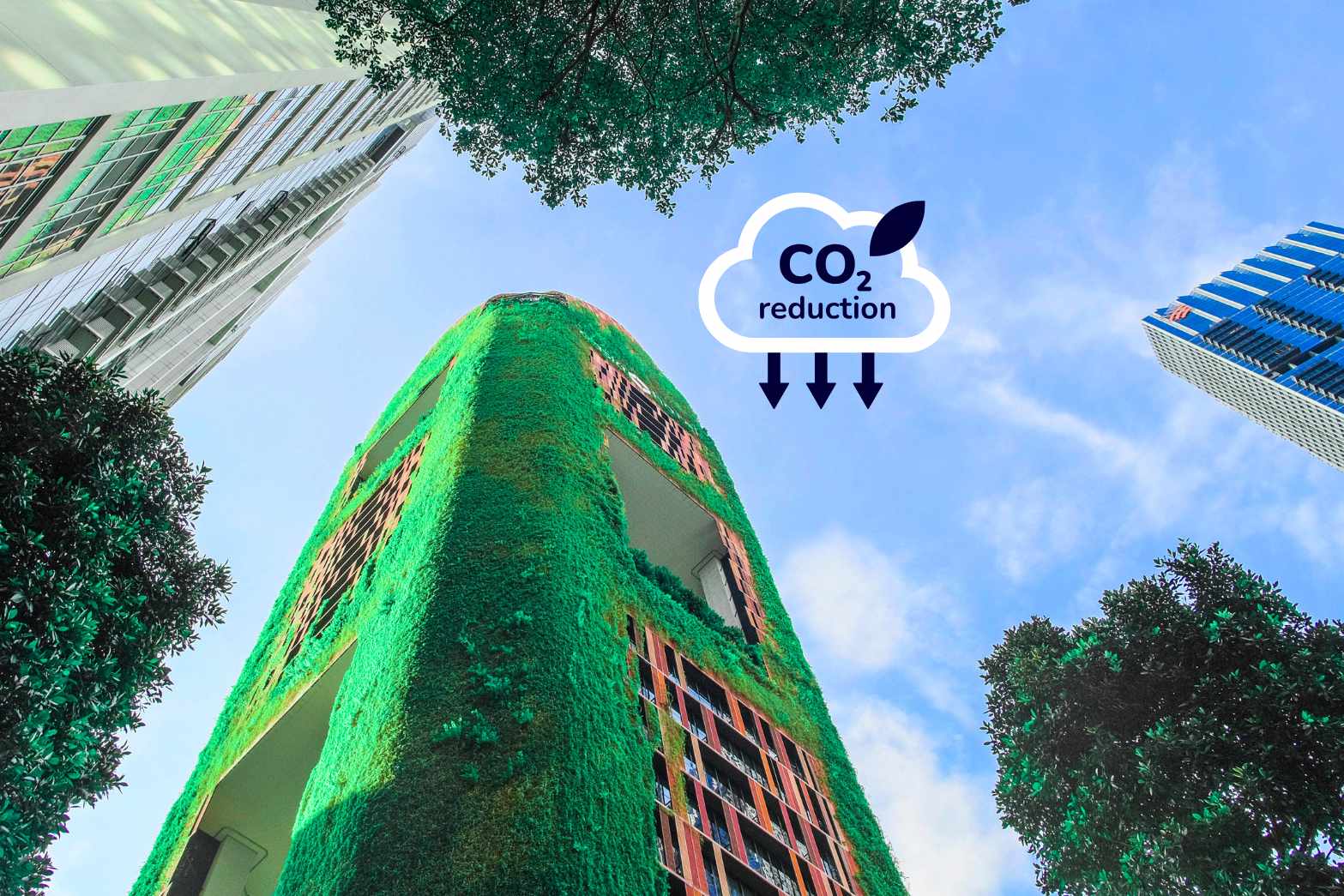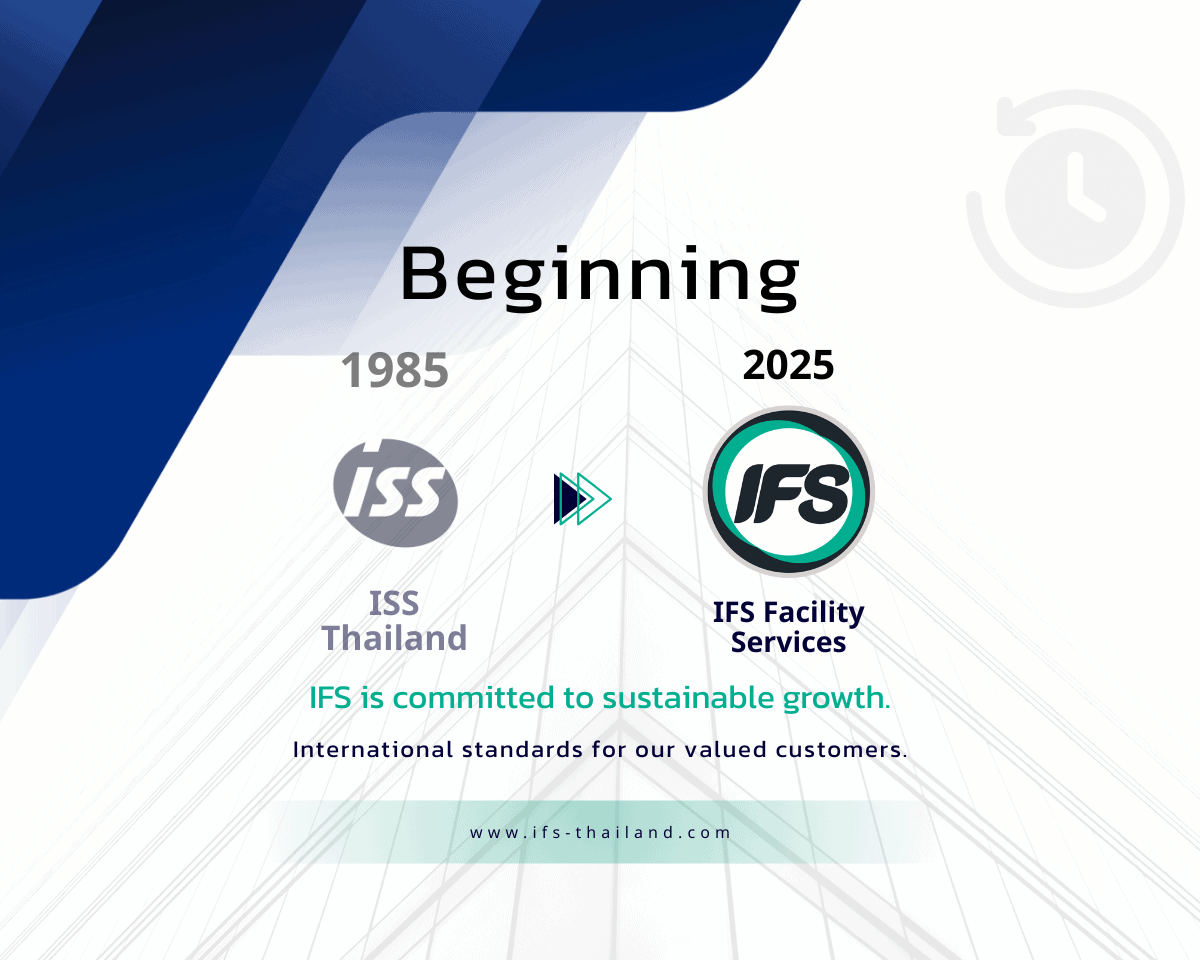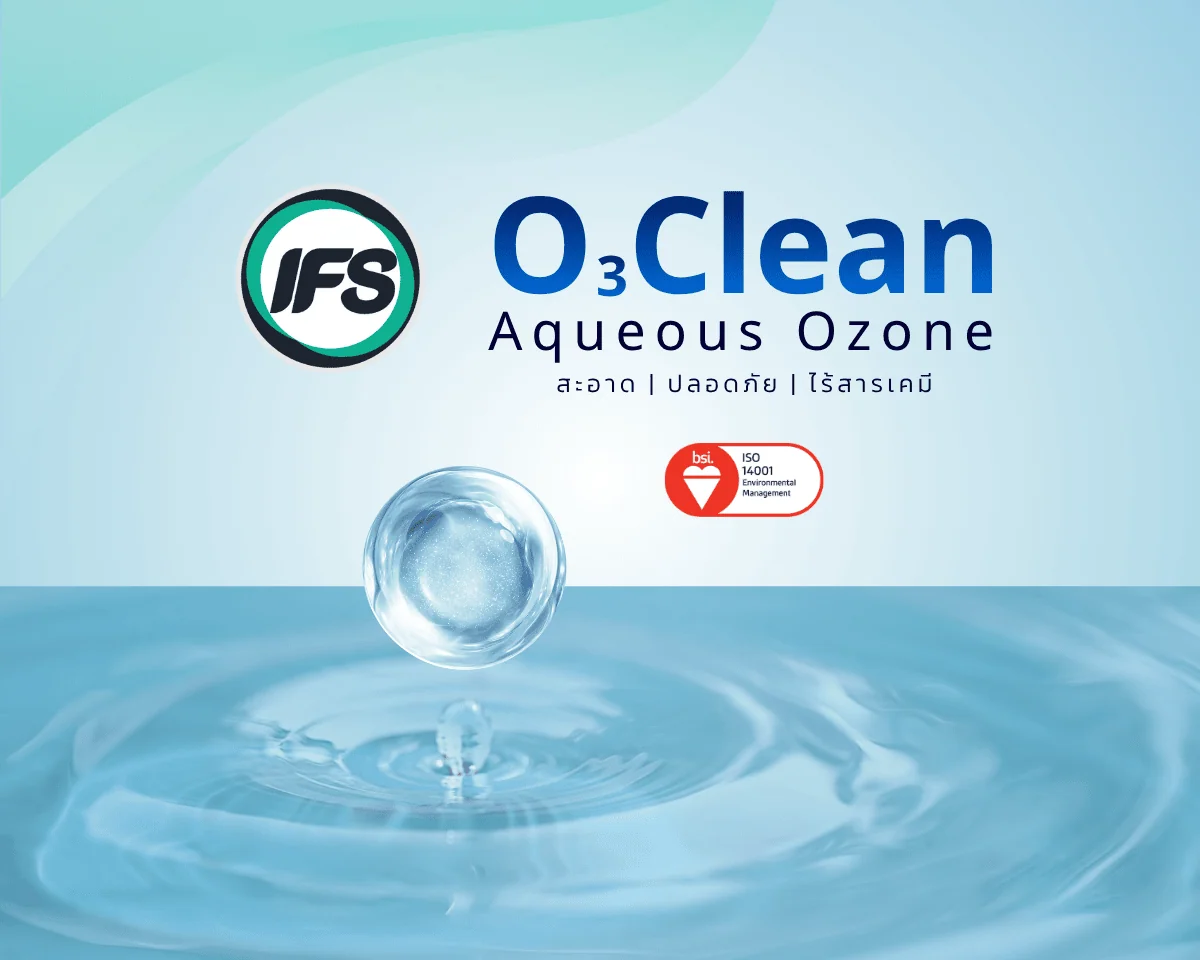Greenhouse gas emissions are a critical issue that demands serious and collective action across all sectors. Among these, office buildings, factories, and various business establishments are significant contributors—both directly and indirectly—through their operations, including electricity consumption, air conditioning systems, waste management, and the use of various products and equipment.
Today, reducing carbon footprints is no longer just a method of “environmental preservation.” It has become a strategic approach to strengthening sustainability and cutting long-term operational costs. Business operators must be prepared to adapt—especially with the potential implementation of the upcoming Climate Change Act in Thailand.
Practical Strategies for Reducing a Building’s Carbon Footprint
- Improve Energy Efficiency
- Switch to LED lighting: These bulbs use less energy while providing high brightness.
- Install smart air conditioning systems: These systems collect data and adjust operation for optimal performance.
- Use motion sensors: Automated lighting in areas like restrooms and corridors saves electricity by only activating when needed.
- Apply thermal insulation: Helps maintain indoor temperatures, reducing the load on air conditioning systems.
- Adopt Renewable Energy
- Install solar panels: Rooftop solar energy reduces dependence on fossil fuels, lowers greenhouse gas emissions, and cuts electricity costs.
- Transition to electric vehicles (EVs): Replacing company fleet vehicles with EVs minimizes carbon dioxide and greenhouse gas emissions.
- Minimize Waste Generation
- Reduce: Go digital where possible, limit paper usage, and avoid single-use materials.
- Reuse: Reusable items such as refillable ink cartridges, used paper with blank sides, and plastic bags can significantly cut down on waste.
- Recycle: Separate recyclable materials and opt for equipment or furniture made from recycled content.
- Promote Eco-Friendly Behaviors
- Encourage staff participation: Simple actions like turning off lights or air conditioning during lunch breaks and choosing stairs over elevators can make a difference.
- Support sustainable commuting: Provide bicycle parking, promote EV usage, and encourage the use of public transportation among employees.
The Benefits of Carbon Footprint Reduction
- Lower Operating Costs:
Efficient energy and waste management can significantly reduce electricity bills and maintenance expenses. - Meet Business Partner Expectations:
Sustainability is a growing priority among businesses. An environmentally conscious approach enhances a company’s credibility and competitive edge. - Align with Government Policy:
Thailand is in the process of drafting the Climate Change Act, a crucial development businesses must prepare for to remain compliant with environmental regulations. - Strengthen Brand Image:
Visible environmental responsibility demonstrates a genuine commitment to sustainable business practices, building trust among investors and business partners.
Partnering for a Sustainable Future
IFS is a fully integrated facility management service provider certified to ISO 41001:2018, the global standard for facility management systems. We are committed to minimizing environmental impact through eco-friendly operations and Green Procurement—sourcing environmentally responsible products and equipment.
Our services are designed to meet the needs of partners seeking measurable reductions in carbon emissions while aligning with global sustainability standards. At IFS, we believe reducing a building or business’s carbon footprint is not merely a duty—it is a strategic investment in long-term growth. It enhances business resilience, drives operational efficiency, and helps prepare for upcoming policies such as the Carbon Tax.
We are prepared to assist you in designing solutions that fully comply with environmental policy.
Contact us: info@ifs-thailand.com







